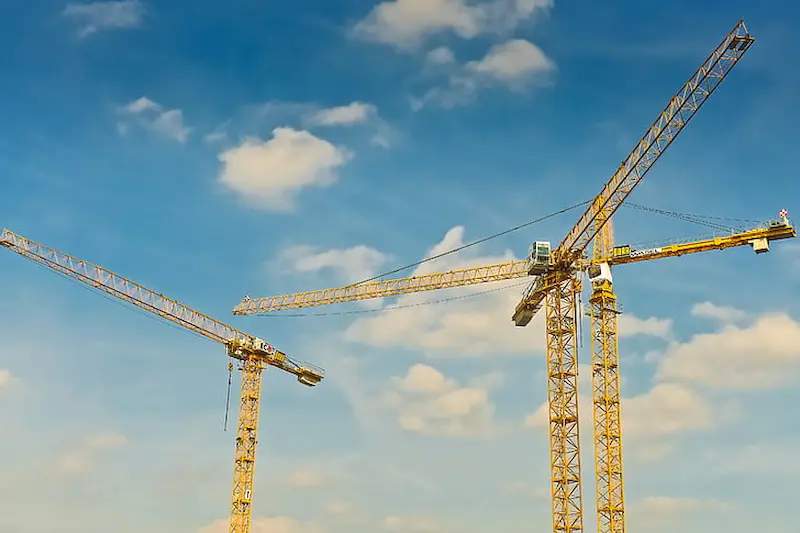The Importance of Light Towers
Light towers are a cornerstone of safe and efficient construction site operations, especially after sundown. These robust lighting systems are designed to illuminate large areas, ensuring that work can continue seamlessly even during the night. They reduce the risk of accidents by making it easier for workers to see what they’re doing and move around safely. The presence of bright, evenly distributed light helps improve the visibility of hazards, allowing workers to take necessary precautions. By understanding their importance, construction managers can better plan their night operations, ensure smooth workflow, and meet project deadlines effectively. Moreover, inspectors often view well-lit sites more favorably, thus aiding compliance with safety regulations.
Choosing the Right Light Tower
Selecting the appropriate light tower is crucial for maximizing efficiency. Several factors need to be considered, including the tower’s height, light intensity, and available power sources. The strategic placement of construction light towers Washington can significantly improve site safety and efficiency, making it a critical component in project planning. For instance, portable light towers are ideal for smaller and more dynamic job sites as they can be easily relocated as the project progresses. On the other hand, more prominent, stationary light towers might be more suitable for extensive projects that cover a broader area. Consulting comprehensive guides on platforms like For Construction Pros can provide valuable insights into making an informed decision.
Additionally, it’s essential to match the light tower type with the specific needs of the construction site. For instance, LED light towers are known for their energy efficiency and longevity, making them popular among contractors. Halogen light towers offer brighter light but consume more energy and generate more heat. Understanding each type’s pros and cons can help select a perfect light tower that meets operational and budgetary requirements. Remember to check the power options available; whether diesel, electric, or solar-powered, the choice should align with your site’s infrastructure and environmental considerations.
Optimal Placement Strategies
Strategic placement of light towers can significantly improve visibility and safety. Properly positioned light towers can eliminate shadows and ensure that all critical areas of the worksite are adequately covered. A well-lit site boosts productivity and helps workers conduct accurate and precise work, even in the darkest hours. According to Construction Dive, proper lighting can significantly minimize workplace injuries, contributing to overall site safety. Ensuring even light distribution is critical to avoiding dark spots where accidents are more likely.
Place light towers at elevated positions to maximize the distribution of light. Consider placing them at higher vantage points and angles that reduce glare while covering a broader area. Avoid placing them near hazardous areas that could inadvertently cause glare or visibility issues for operators and workers. Correctly mapping out the light placement and conducting regular assessments as the project progresses can ensure that all areas remain well-lit and safe throughout the construction period.
Maintenance Tips
Regular maintenance ensures that light towers operate effectively and have a longer lifespan. Essential maintenance tasks include:
- Checking the fuel levels.
- Inspecting the light fixtures for any signs of wear and tear.
- Testing the generators periodically to ensure they function correctly.
Preventive maintenance measures can avoid costly repairs and provide consistent performance throughout the project.
Adopt a maintenance schedule that includes routine inspections and part replacements as needed. Scheduling regular check-ups will help catch minor issues before they become significant problems, ensuring that the light towers are always in top condition. Documenting maintenance activities can help track the light towers’ performance and foresee potential issues before they escalate. Additionally, keeping a log of all maintenance activities can be helpful for compliance and future reference.
Energy Efficiency Tips
Intelligent energy use is crucial for reducing operational costs. Opt for LED light towers as they consume less power and have a longer operational life. LEDs not only use less energy compared to traditional halogen or incandescent bulbs, but they also last longer, reducing the need for frequent replacements. Incorporating solar-powered light towers can further reduce energy expenses and contribute to a greener environment by utilizing renewable energy sources.
Consider integrating timers or motion sensors to optimize light usage, ensuring the lights are only on when needed. This approach saves energy and prolongs the life of the light towers. By incorporating such energy-efficient technologies, construction sites can significantly reduce energy costs and environmental impact. Energy management systems can also provide real-time data and analytics to monitor energy consumption and make informed decisions on optimizing energy use.
Safety Protocols
Adhering to safety protocols while using light towers is essential to prevent accidents and ensure a safe working environment. Always follow manufacturer guidelines for installation, operation, and maintenance. Secure the light towers firmly to prevent tipping, especially in areas with high winds or heavy machinery movement. Ensure all cables are correctly managed and guarded to avoid workers tripping hazards. Educating your team on these protocols will foster a culture of safety and awareness on-site.
Regular safety drills and training sessions can reinforce these protocols, ensuring that all workers understand the importance of proper light tower usage and the best practices to follow for safety. Emphasize reporting any malfunctions or safety concerns immediately to prevent accidents. Keeping an easily accessible manual of safety protocols and guidelines can also aid in promoting a safe working environment. This proactive approach towards safety protects workers and enhances the construction site’s overall efficiency and productivity.
Visit the rest of the site In Tech Times for more interesting and useful articles. Thank you!




